Oliver de Odingsells purchased the manor of Trusley of Ralph de Beufey in the reign of Henry III [1216-72].
The coheiresses of this family brought it in moieties to Richard Piper and Thomas Coke.
---
The lands of Trusley had been conveyed by deed in 1314. The Odingsells had long been persons of distinction. Gerald de Odingsells, son of Basilia and Hugh de Odingsells, having a knight's fee in Eperstone as far back as the time of Henry III.
---
Trusley in the hundred of Appletree and deanery of Castillar, lies between six and seven miles from Derby. ?The manor of Trusley (Toxenai) was held by one Hugh, under Henry de Ferrars, when the Survey of Domesday was taken. In the reign of Henry II, Hugh le Arbalester, most probably his son or grandson, appears to have been lord of the manor. Oliver de Odingsells purchased it of Ralph de Beufey in the reign of Henry III. The coheiresses of this family brought it in moieties to Richard Piper and Thomas Coke. Piper's daughter and heiress married John Cowdale: their moiety passed (probably by sale) to the Vernons, and was purchased of the Manners family, in 1569, by Richard Coke, Esq., for £520 and a douceur of £10 to Mrs. Manners.? Extract from Lysons' Topographical and Historical Account of Derbyshire, 1817 (Magna Britannia Vol 5)
http://wc.rootsweb.ancestry.com/cgi-bin/igm.cgi?op=GET&db=ancestorsearch&id=I27654
Trusley from derbyshireuk.net
Trusley is a small but extremely attractive village, but difficult to find and difficult to park when you get there.It was mentioned in the domesday book as being a manor belonging to Henry de Ferrers and there has undoubtedly been a village here since those times.
Most of one side of the village is occupied by the little church, called All Saints, Trusley Old Hall and the Old Manor House. Both the 2 houses were built by the Coke family, who still live at the Old Hall. Part of the manor house was demolished and the rest was converted into 4, 3 storey maisonettes after the family had decided it was too large for their needs. A small portion of the Old Hall remains from Elizabethan times, most notably a massive chimney and a detached summer house with a pyramidal roof. These are probably the oldest structures in the village.
All Saints is a small brick church, dating from 1713. It is in the Queen Anne style, with a low west tower and a scrolled stone pediment over the west door. Its box pews, triple decker pulpit, communion rails and font are all original.
http://www.derbyshireuk.net/longlane.html
